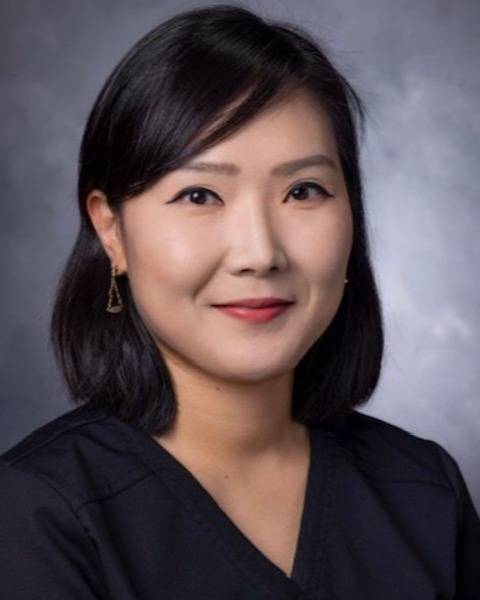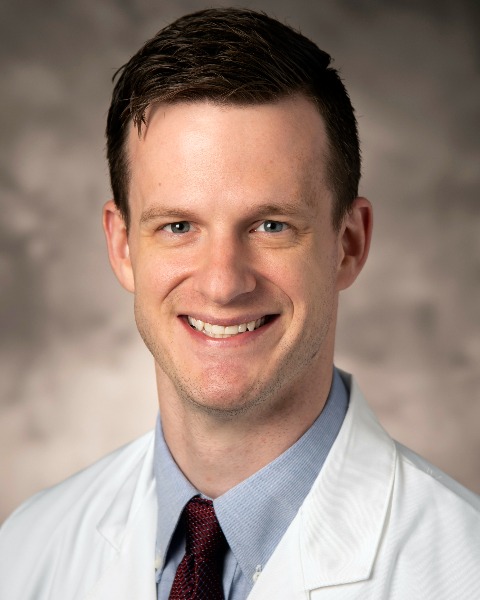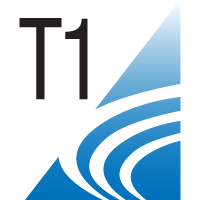Adult Diagnostic (AD)
Implantable Hearing Devices (IHD)
LM328 - Surgical and Audiological Considerations for Treatment of Adults with Single-Sided Deafness

SoMang Moon, AuD
Clinical Assistant Professor
University of Georgia
University of Georgia
Athens, GeorgiaDisclosure(s): No financial or nonfinancial relationships to disclose.

Scott Brown, MD
Neurotologist
Atlanta Institute for ENT
Atlanta, GeorgiaDisclosure(s): Cochlear Americas: Consultant (Ongoing); MEDEL: Consultant (Ongoing), Speaker/Honoraria (Ongoing)
Lead Presenter(s)
Presenter(s)
Adults with unilateral hearing loss (UHL) and single-sided deafness (SSD) have more choices for hearing intervention than ever before, including surgical and non-surgical options. Using peer reviewed research and case studies, a surgeon and audiologist will present factors that influence data-driven recommendations for the various options available to treat UHL or SSD, including CROS, BI-CROS, or bone conduction hearing aids or cochlear implants. This course will introduce candidacy criteria and outcomes for the various treatment options and we will provide clear clinical tools that you can apply to your practice.
Summary:
Individuals diagnosed with unilateral hearing loss (UHL) or single-sided deafness (SSD) have more options for hearing intervention than ever before. Previously, UHL and SSD were often left untreated. There is a growing body of evidence, however, that supports a clinical recommendation to provide hearing intervention to individuals with UHL and SSD. Benefits cited for hearing from both ears include improvements in spatial hearing, speech recognition, and quality of life.
Non-surgical treatments traditionally used to treat UHL and SSD include contralateral routing of signal (CROS) hearing aids or bone conduction hearing devices. Surgical options have included surgically implanted bone conduction devices. More recently, candidacy has expanded to include newer bone conduction technology as well as cochlear implants. Such expansions in technology have led to greater numbers of people who can benefit from treatment. However, the variety of treatment options can be confusing for providers as well as for patients. This course will describe the various options available to treat UHL and SSD. During the presentation, we will discuss peer-reviewed research and present case studies demonstrating the utility of the various treatment options. We’ll discuss factors that influence clinical recommendations of candidacy for the various treatment options. Key learnings will include suggestions for patient counseling so providers can work with patients to choose the treatment option that is best for them.
This course is for audiologists who currently treat patients with UHL/SSD and want to receive updated information about the latest treatment options. It will be helpful for clinicians who are considering expanding their practice to include these treatment options or for those who want information about when to refer these patients for treatment for their UHL or SSD.
Learning Objectives:
- Describe all potential treatment pathways for patients with single-sided deafness.
- Assess patients with single-sided deafness for various treatment options using evidence-based candidacy criteria and outcomes measures
- Apply key learnings in clinical decision making for patients with single-sided deafness.

